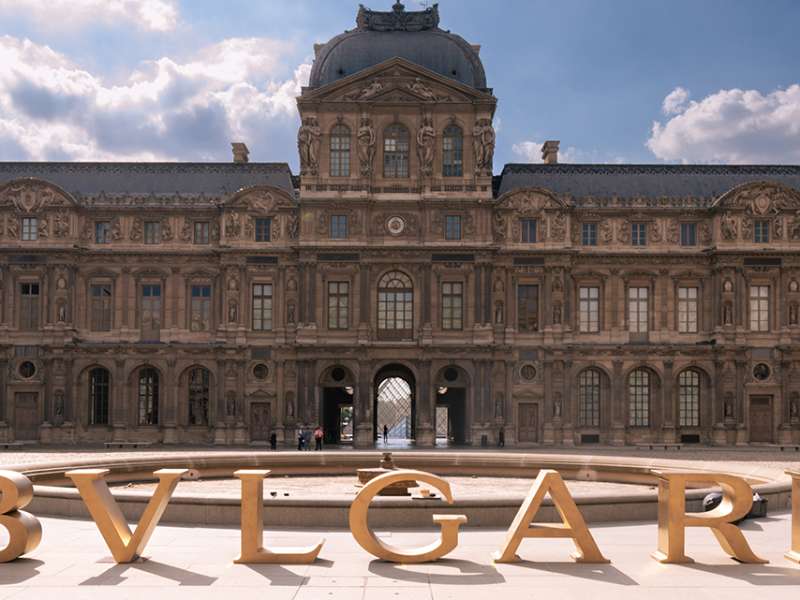Jalan Goa Lempeh, Banjar Dinas Kangin Uluwatu, Bali +62 361 3001000 or +62 361 8471000
Jalan Goa Lempeh, Banjar Dinas Kangin Uluwatu, Bali +62 361 3001000 or +62 361 8471000
The Tegallalang Rice Terraces in Ubud are among the most famous in the world, they are known for their bucolic rice paddies and clever irrigation system, which is called the subak. This Bali’s traditional cooperative irrigation system is said to have been passed down by a revered holy man named Rsi Markandeya in the 8th century. Tegallalang forms the three most splendid terraced landscapes in Ubud, with the others being in the villages of Pejeng and Campuhan.

Last night, Bvlgari celebrated the launch of Masterpieces from the Torlonia Collection, a new exhibit at the Louvre. As a supporter of the Torlonia collection since 2017, Bvlgari hosted the opening event, welcoming some 100 guests to the Louvre for cocktails, a private tour of the show and musical performances. The largest private collection of ...